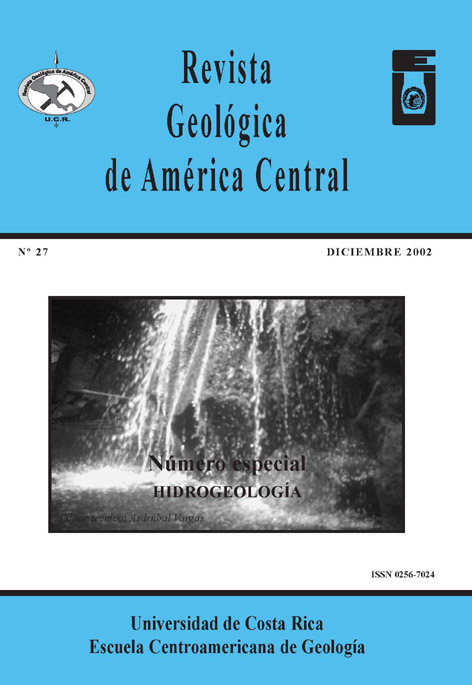Abstract
Well drilling increases highly the cost of an investigation. For this reason, existing wells are usedfor investigation in Central America, especially in the rural areas, where almost all wells are excavated and havea large diameter. Wells of large diameter store a considerable quantity of water in the casing, which affects theanalysis of the pumping test with the existing conventional methods, which assumes no storage.The existing method to analyze pumping tests in wells of large diameter requires long pumping periods,sometimes days, to obtain reliable results. These long duration tests are expensive and time-consuming. Themethodology presented here permits the analysis of pumping tests of short duration to obtain accurate aquiferparameters.The proposed methodology uses a model of wells of large diameter using cells of concentric rings. With thismodel families of curves were constructed that allow the analysis of pumping test in those wells where thestorage in the casing affects the drawdown of the well. The proposed method used a new function, StoredVolume / Pumping Volume, that allows a good determination of the storage coefficient in wells of large diameter.When the value of Stored Volume / Pumping Volume is less than 0.05, the effect of the storage is practicallyimperceptible, and the pumping test can be analyzed by conventional methods, such as Theis or Jacob. Theproposed method allows the analysis of pumping tests of short duration in wells of large diameter, with theadvantage that the wells of different storativity or storage coefficient have a unique curve matching. When thevalues of Stored Volume / Pumping Volume are greater than 0.05, the propose method allows the determinationof the storage coefficient even in wells of smaller diameter (15-25 cm), in cases when conventional methodswould usually not function.Comments
Downloads
Download data is not yet available.






